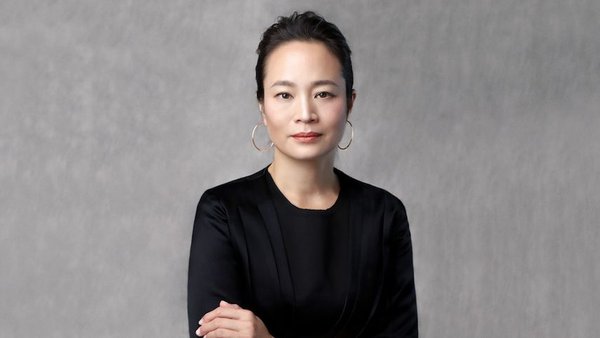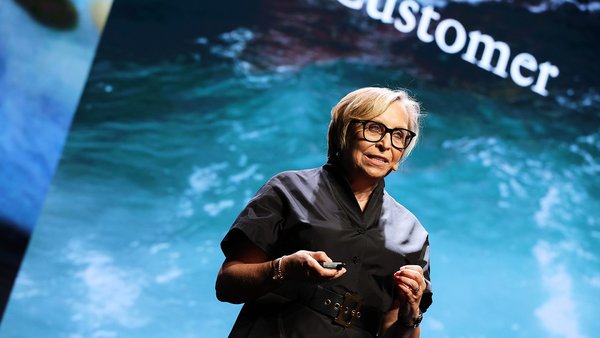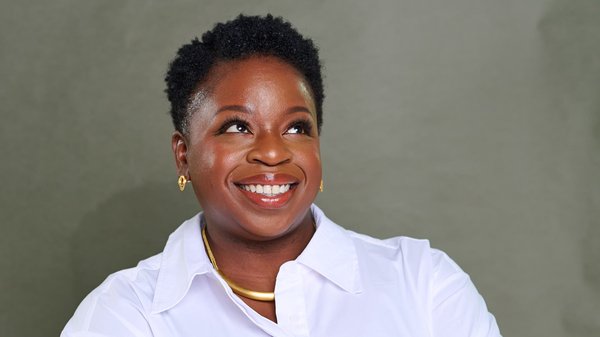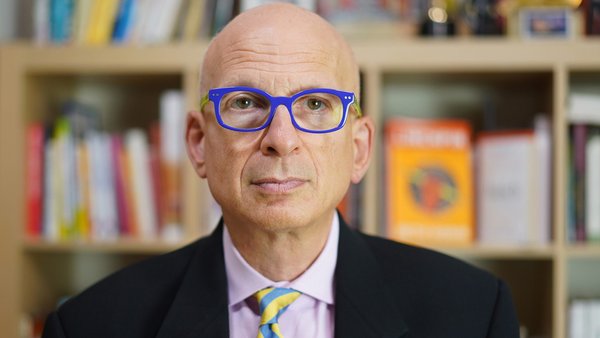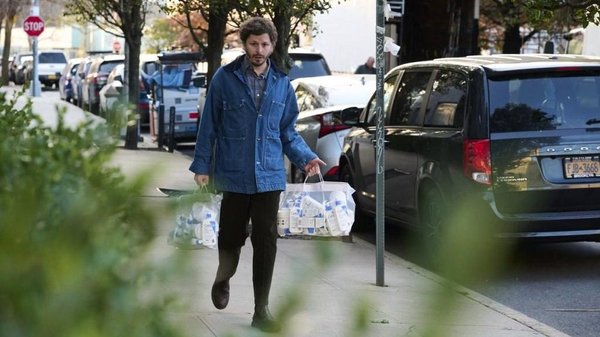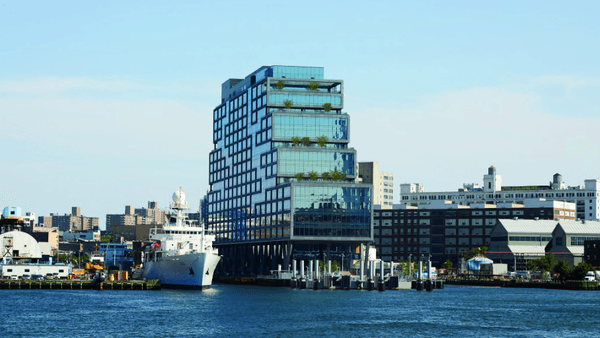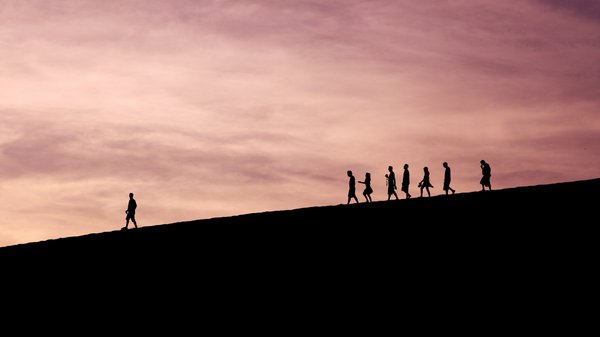Cindy Gallop talks humanity, ageism in advertising, and social sex /
Industry veteran Cindy Gallop on how marketers can be more ethical, diverse and make a ton of money
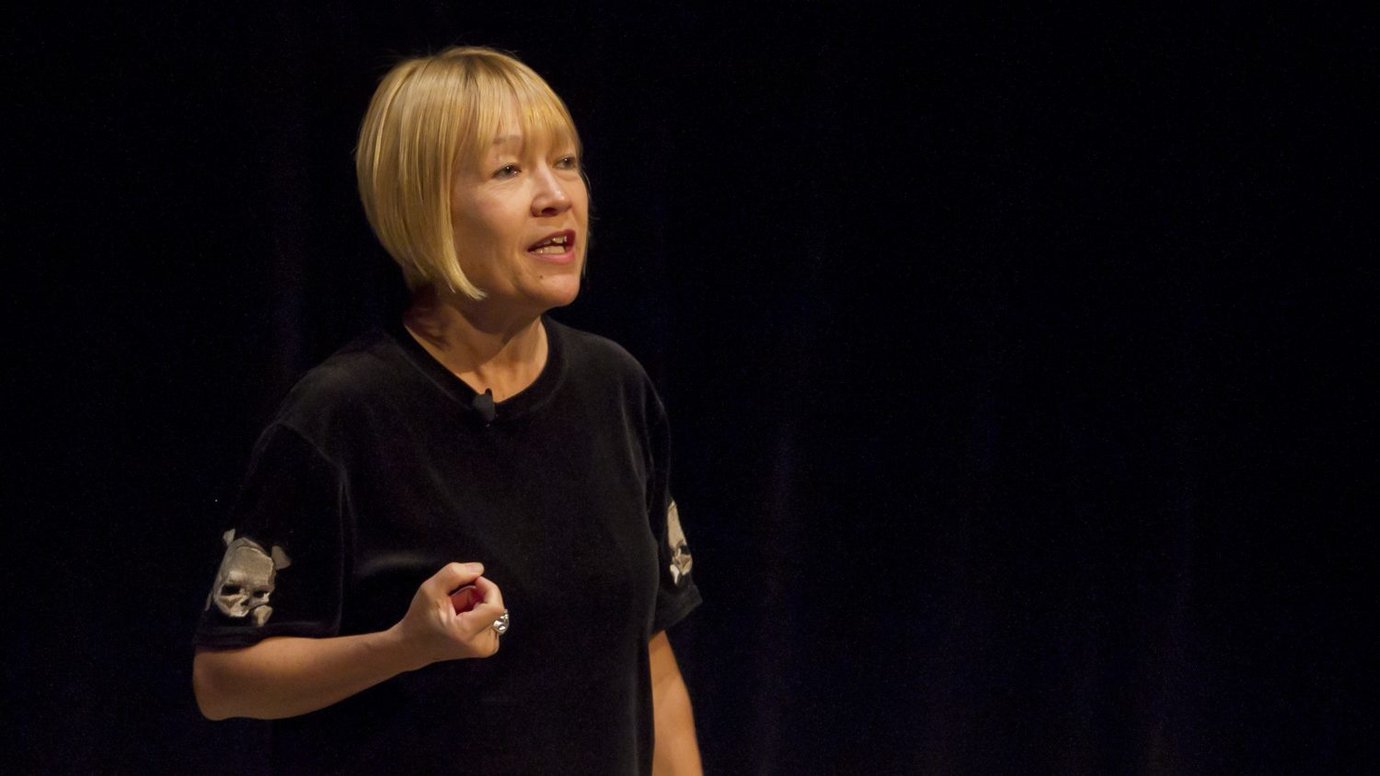
Today, Cindy Gallop’s main business is sex. She’s the founder of Make Love Not Porn, a social sex-video sharing platform. But while advertising may no longer be her day job, the industry veteran still has plenty of advice for what brands must do to maintain a competitive edge.
The former chair of Bartle Bogle Hegarty and founder of its US branch has 35 years industry experience which, she says, has made her feel strongly that ‘the future of business is doing good and making money simultaneously’. She tells Contagious that it’s imperative that ‘we find a way to integrate social responsibility into the way that we do business on a day-to-day basis that makes it a key driver of future growth and profitability.’ This is a topic she’ll be discussing at the Fast Forward Forum in Venice next month, and is also the subject of a book she is co-authoring that coincides with the event.
Contagious spoke to Gallop about the ethical responsibilities that clients and agencies have when it comes to areas like diversity and media placement. Plus, Gallop shares why strategists, marketers and product designers should pay more attention to people’s porn habits.
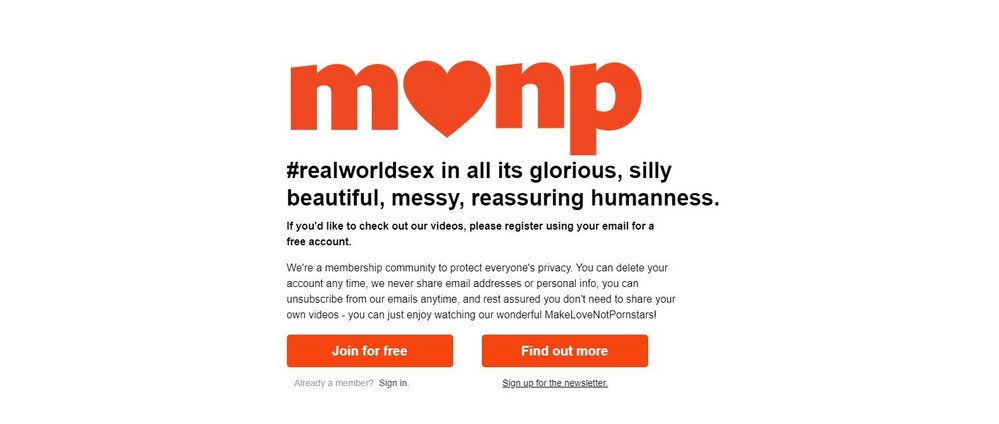
Cindy Gallop, Make Love Not Porn
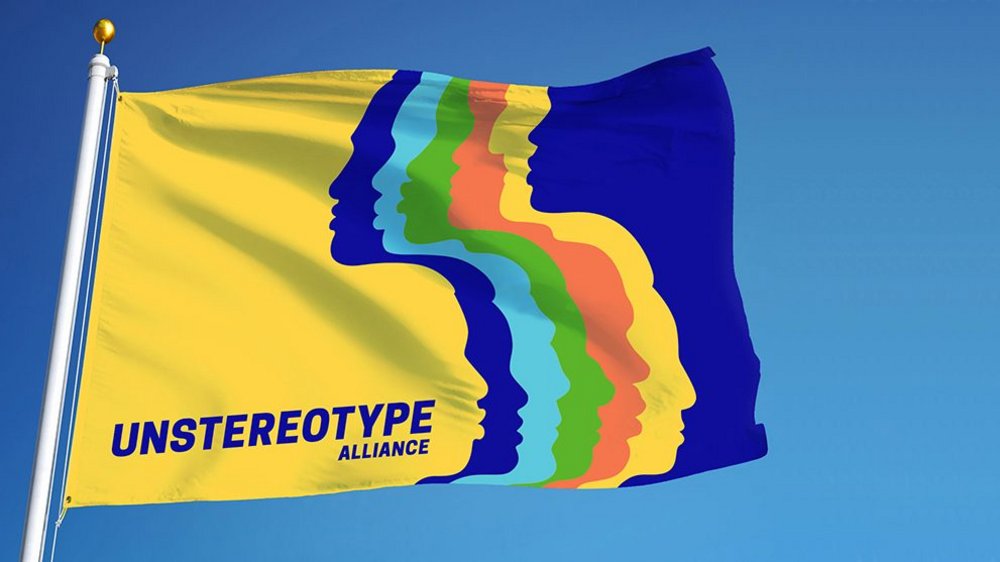
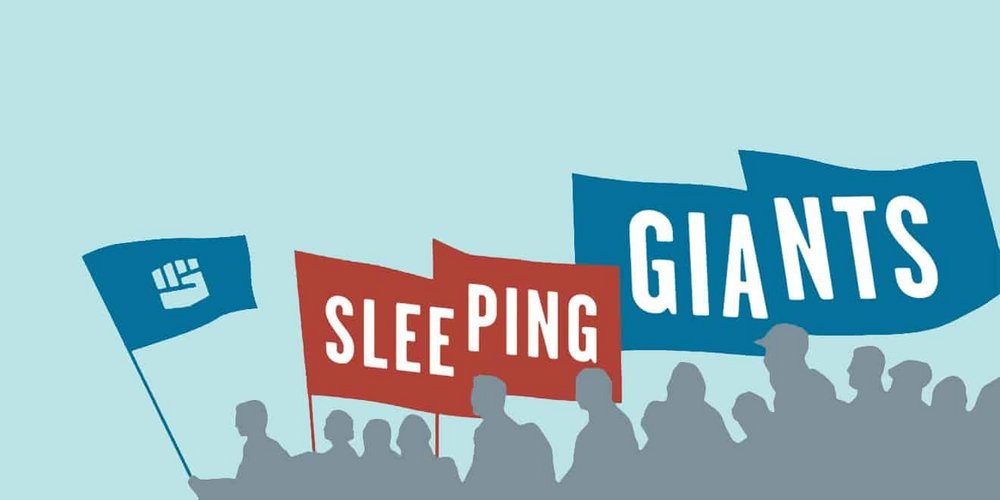
[At Make Love Not Porn] we knew if we were going to invite people to do something that they've never done before – socially share their real world sex – we had to create a completely safe and trustworthy space.
When you design safe spaces, then you enable people to have safe conversations about very healthy topics that should be a lot more open. When you did not do that to begin with, as a young white male founder of a tech platform, you are now trying to retrospectively deal with all the shit that happens when you did not design negativity out of your platform in the first place.
Your only recourse, you think, is knee-jerk and it's legislation and compliance. I and my fellow female sex tech founders are the victims of this knee-jerk compliance that just goes, ‘No adult content’ and then applies that to everything including mothers breastfeeding babies.
I've been telling our industry they should advertise on porn sites for years. I want them to advertise on MakeLoveNotPorn – which is not porn, it's social sex. But I've absolutely used my position in industry to try and change the way our industry feels about this.
Five years ago, I spoke at Cannes in a session called Porn, Youth, and Brands. I said to the audience, ‘Show of hands, how many of you in the audience are strategic planners?’
Cindy Gallop, Make Love Not Porn
So a whole bunch of hands goes up. I go, ‘Right. Keep your hand up if you are the kind of strategic planner who, when developing a strategy for the client, briefing the creative department, says, ‘Our target audience is a young man aged 24. This is where he lives. This is the kind of work he does. This is where he likes to hang out. This is how many hours of porn he watches a week. And this is how it impacts his relationship with his girlfriend.’ No hands [stayed up].
We do consumers a huge disservice when we do not treat this universal aspect of human experience with the same insights, psychological analysis, empathy, and understanding as we treat every other aspect of consumer attitudes and behaviour.
There is this huge area of what is true to all consumers and our industry's spectacularly failing to look at in our ads.
People have sex in cars, especially in markets where, for social and cultural reasons, premarital sex is frowned upon, young people live at home with their parents until they get married or markets where whole households live together commonly.
So a huge number of people are having a huge amount of sex in a huge number of cars. Yet the automotive industry is spectacularly failing to factor this into product design and marketing.
Even more fundamentally, people have sex in bed, but the mattress industry focuses all its R&D on sleep. There is a far broader business application of all of this than simply as it applies to directly sex-related products. Our industry again, is failing to acknowledge that, embrace it, and make a ton more money for brands operating in the areas I'm talking about.
You're known for being an outspoken critic. Is there anything that you're optimistic about when it comes to the industry?
I originally wanted to help change our industry from within. I've realised that that's completely impossible. The top of our industry is a closed loop of white guys talking to white guys about other white guys.
Those white guys are sitting very pretty. They have their huge salaries, gigantic bonuses, big pools of stock options, lavish expense accounts. Why on earth would they ever want to rock the boat?
It's like the old joke about the light bulb. How many therapists does it take to change a light bulb? Only one. But the light bulb has to really want to change. In our industry, the light bulb does not really want to change.
So, for the past several years, I have been exhorting everybody who is fundamentally ‘other’ in our industry to ‘Start your own industry.’ By that I mean start your own business. Every single business that women, people of colour, LGBTQ, the disabled are starting in our industry is literally starting a new industry.
What makes me enormously optimistic is that, every year, more and more people write to me to tell me that they are absolutely doing that.
(header image: EvaBlue)
Contagious is a resource that helps brands and agencies achieve the best in commercial creativity. Find out more about Contagious membership here.
Want more of the same? /
We don’t just write about best-in-class campaigns, interviews and trends. Our Members also receive access to briefings, online training, webinars, live events and much more.
